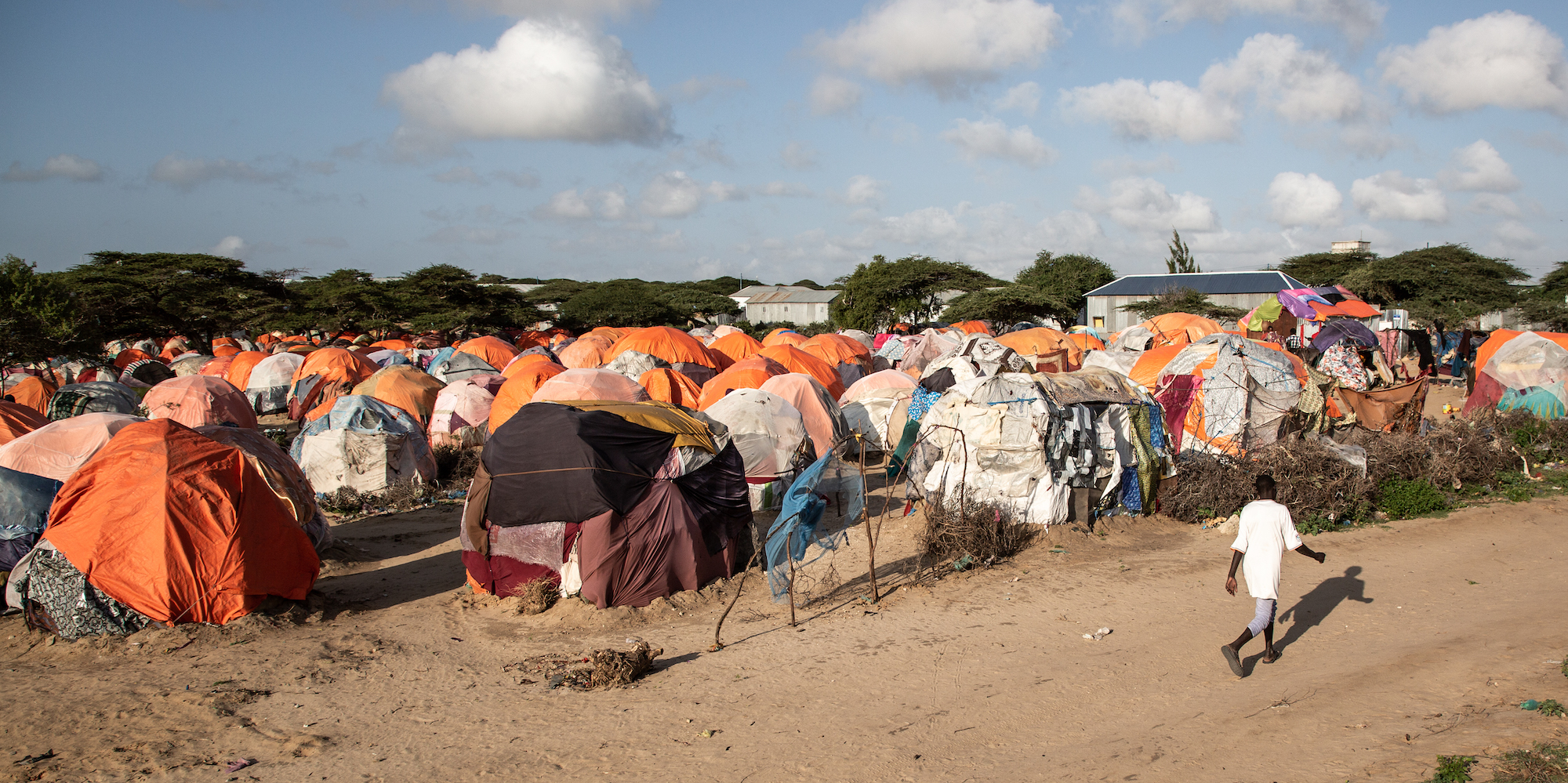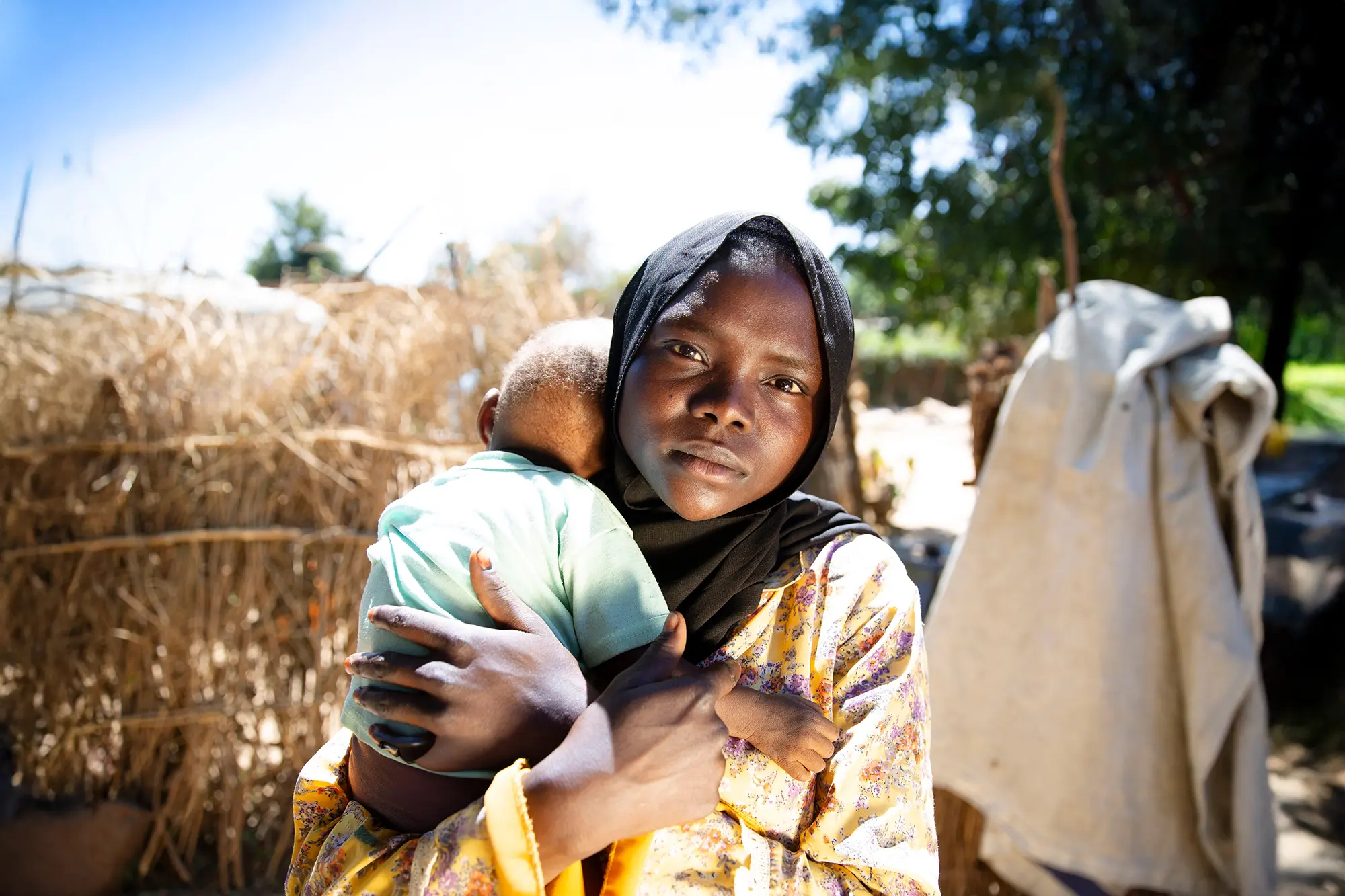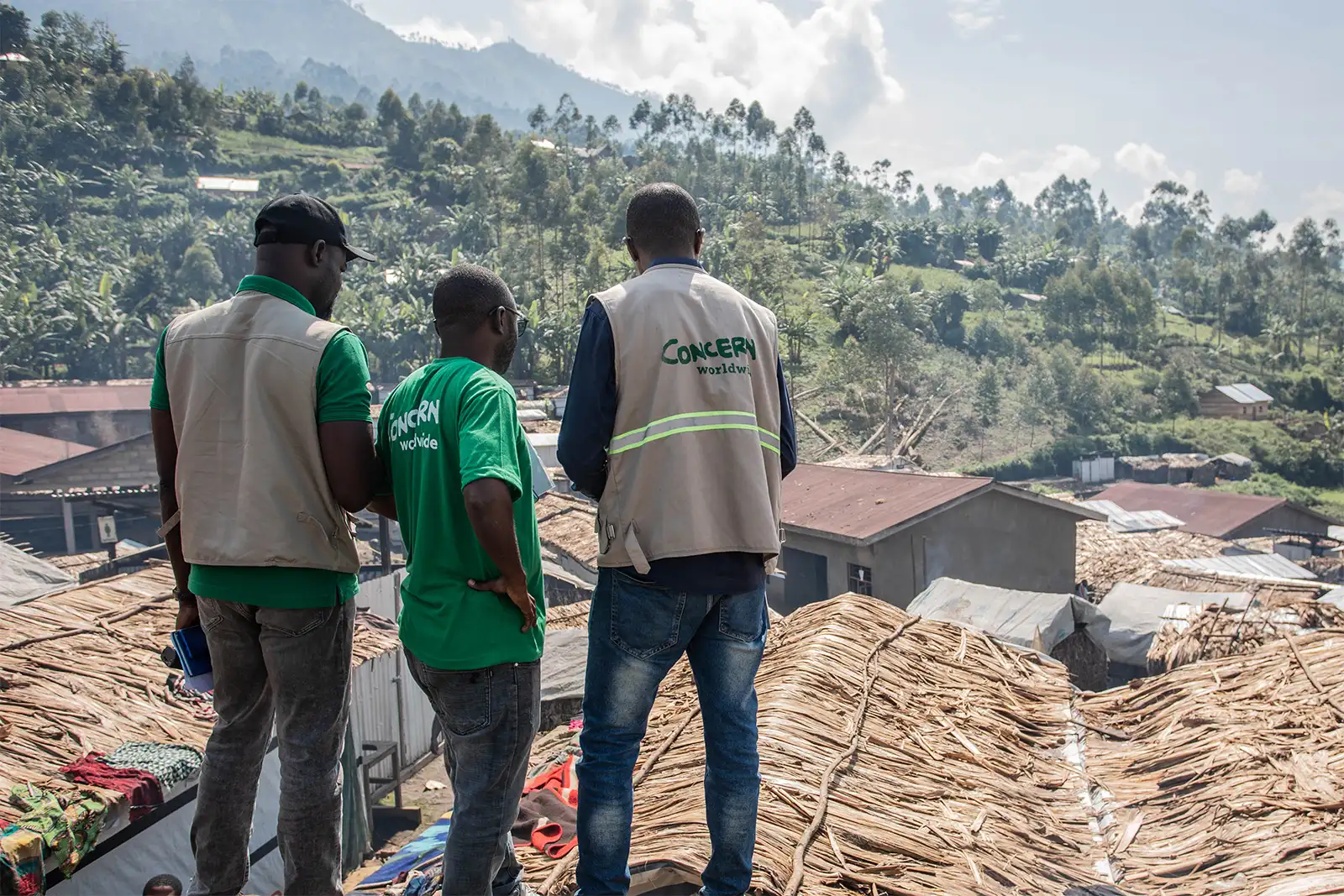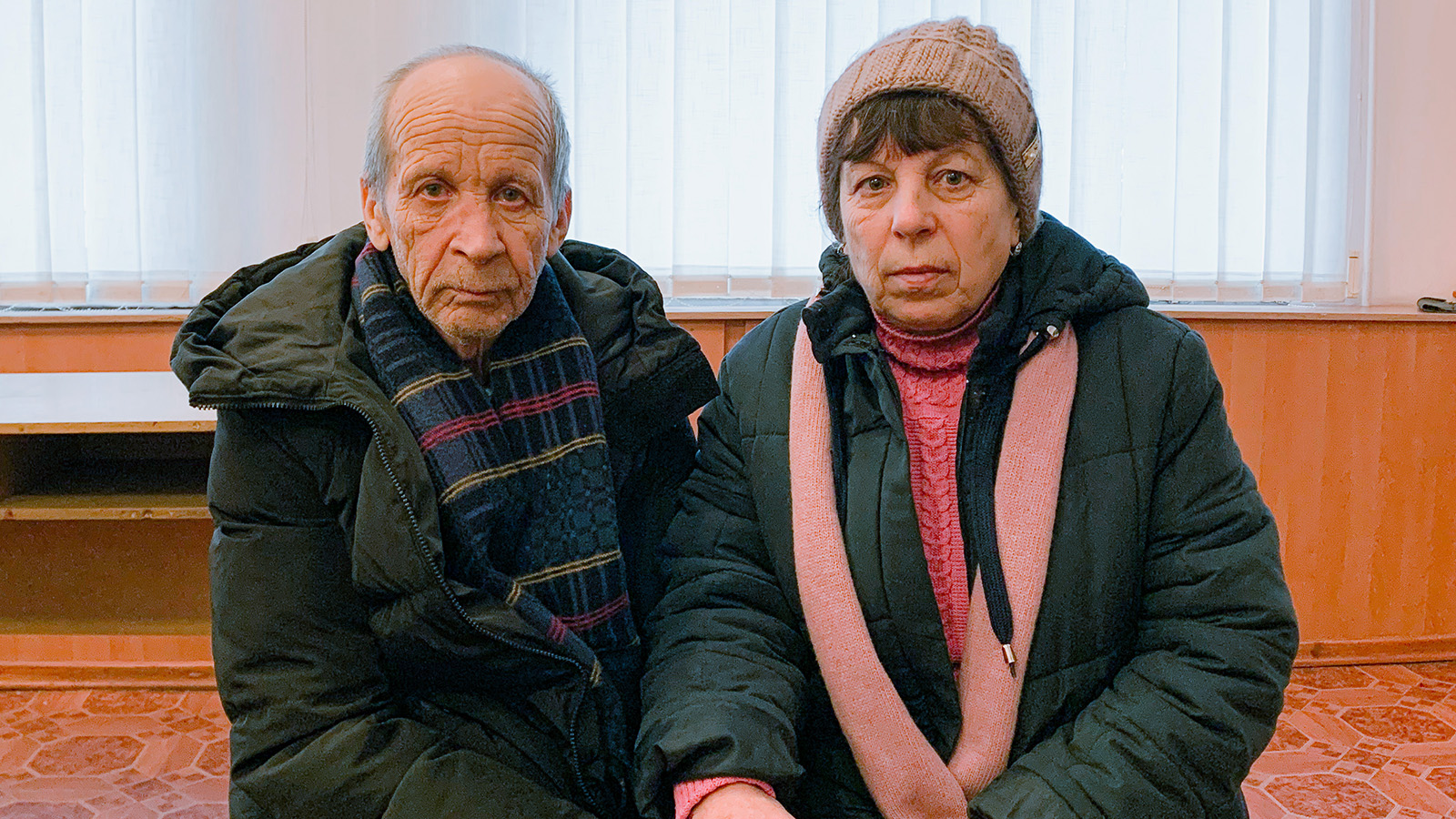Internally displaced persons (IDPs) make up the largest group of the world's migration crisis, but have fewer rights compared to refugees. Learn more.
With so many countries facing conflict and other humanitarian crises, we continue to live in an unprecedented time for forced displacement. However, while the global refugee crisis gets a lot of attention in the news, a larger one often takes place outside of the media spotlight.
In fact, internally displaced persons (also known as IDPs and sometimes referred to as internally displaced people) make up the largest group of the world’s migration crisis: Of the 108.4 million people registered as displaced with the United Nations last year, 58% of those are internally displaced.
Read on to learn more about what it means to be internally displaced, the challenges that IDPs face (and refugees don’t), and the ten largest internal displacement crises of 2025.
Internally displaced persons, explained
Internally displaced persons (IDPs) have been forced to flee their homes for their own safety. Unlike refugees, however, they do not cross an international border, living instead in their countries of origin.
“Being a refugee is a last resort,” one of Concern’s former Senior Policy Officers said several years ago in our explainer on the differences between refugees, IDPs, and migrants. However, many IDPs face even greater challenges than their refugee counterparts.
Being a refugee may be a ”last resort,“ but internally-displaced people often face even greater challenges.
The challenges of being an IDP
Although many IDPs face the same difficulties as refugees, they aren’t granted the same rights under international law. “Internally displaced person” is a descriptive term, not a legal one, so while assistance to refugees is a legal requirement, the principles on internal displacement are non-binding.
IDPs still have rights, but some governments are unable or unwilling to honor those rights. This means that the largest population of displaced people is also in some ways the most vulnerable.
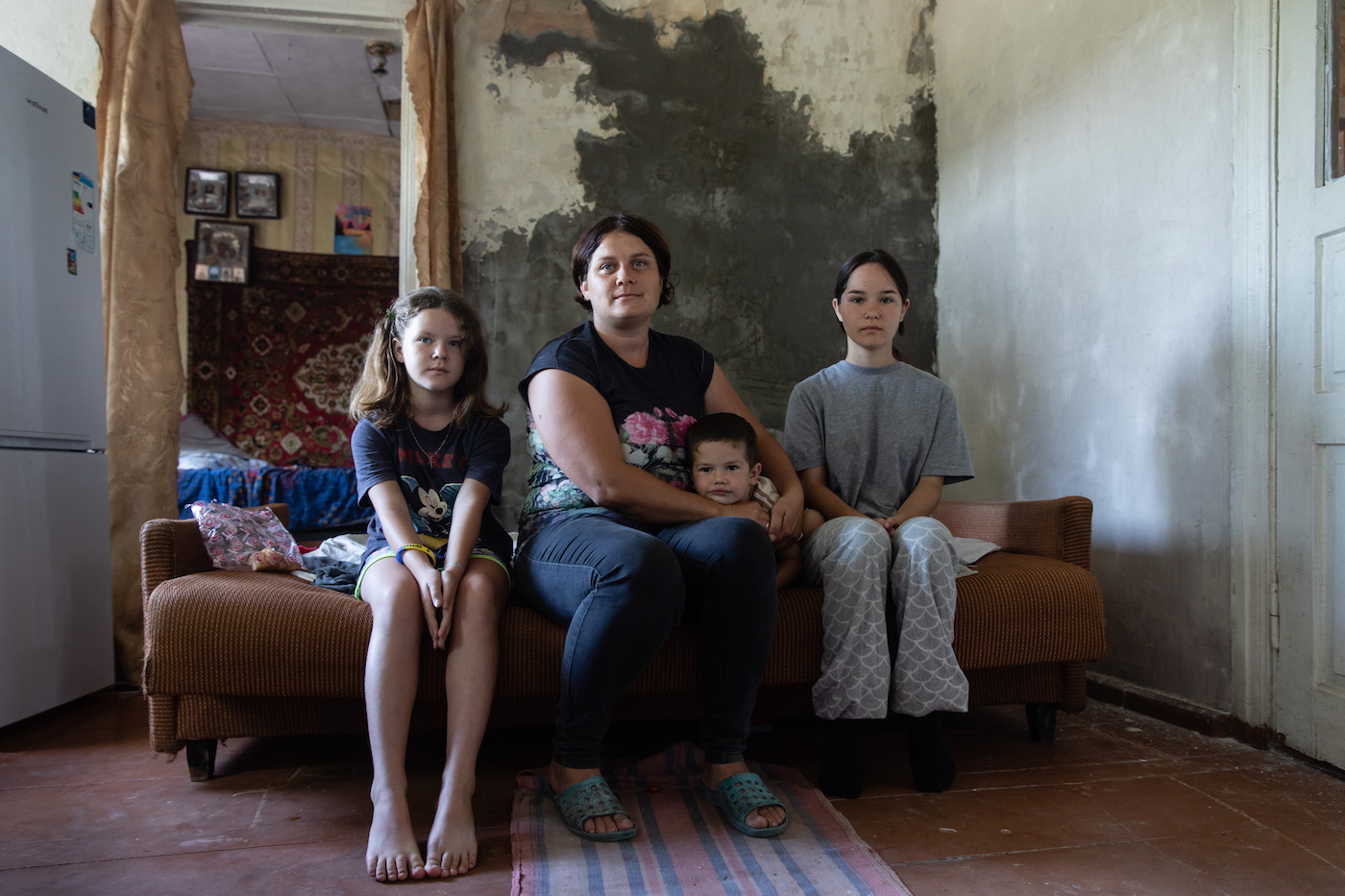
What are the largest internal displacement crises?
The UN updates its data annually on the largest refugee and internal displacement crises, but the numbers behind these crises shift greatly and frequently throughout the year. For the start of 2025, we’ve compiled this list using data from the UNHCR and the Internal Displacement Monitoring Center.
The below list names the ten largest crises, but that isn’t the whole story. Concern’s work with internally-displaced people also reaches countries with large proportions of IDPs, including Burkina Faso (2.03 million), Iraq (1.12 million), and South Sudan (1.12 million).
10. Ethiopia
In recent years, conflicts in the Tigray and Amhara regions of Ethiopia — along with the lingering effects of the Horn of Africa drought — have forced 2.85 million Ethiopians to live in internal displacement as of December 2024. This represents a decline of 17% in internal displacement as conditions improve, but still more than double the number of internally-displaced Ethiopians since the first of its conflicts broke out in 2019. Ethiopia is also one of the largest host countries for refugees, especially for people escaping violence and instability in neighboring South Sudan and Somalia.
Concern has worked in Ethiopia for more than half a century, and is active in Amhara and Tigray. Last year, we provided nutrition support and multi-sector conflict relief to nearly 1.5 million people in Tigray. Two other emergency response projects led last year, reached a combined 3.1 million people in the regions of Somali, Tigray, and Amhara — a region which continues to face mass-displacement in 2025.

9. Nigeria
Conflict and insecurity across west and central Africa (including the Central African Republic, Mali, and Burkina Faso) has left over 7 million people in the region internally displaced. Nearly half of them — 3.34 million — are in Nigeria.
8. Ukraine
Internal displacement numbers often fluctuate as people flee a pressing threat and then return, either permanently or — in many cases — temporarily to secure their homes, check in on family, etc. This is especially true in Ukraine, where the UNHCR and IDMC recorded 3.68 million internally-displaced people at the end of 2024. At their highest, recent estimates of internal displacement have been as high as 5 million. In the oblasts furthest east, many have not seen home since the start of the full-scale invasion in February 2022.
Concern began responding to the crisis in Ukraine shortly after violence escalated in early 2022. Initially responding to the needs of refugees entering neighboring countries like Poland and Romania, we soon shifted towards meeting the needs of Ukrainians within their own country, particularly those displaced and in need of financial and psychosocial support.
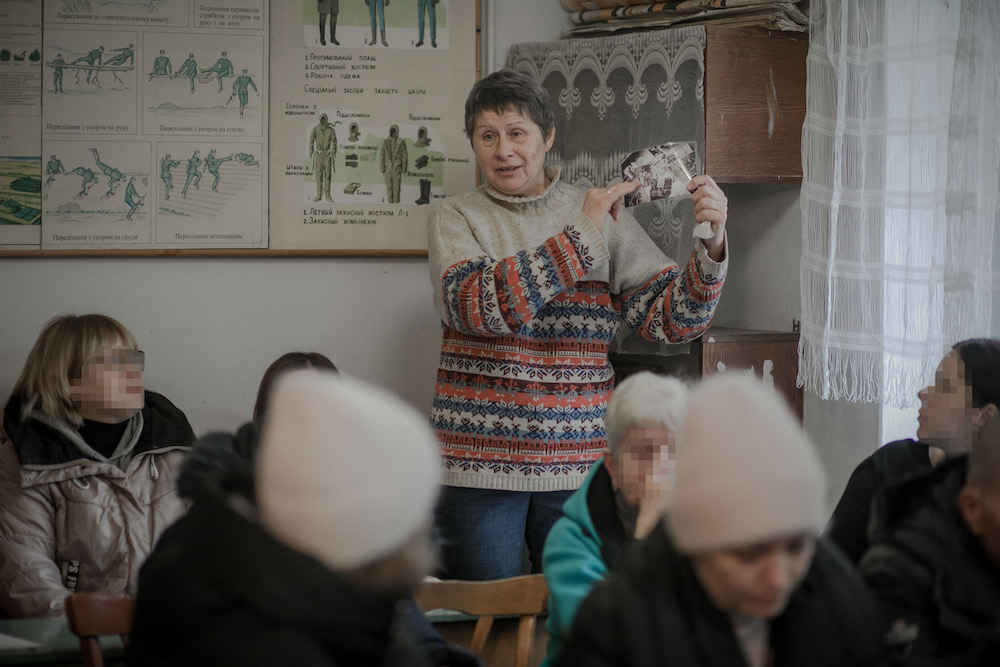
7. Somalia
Somalia’s internally-displaced community exceeded 3 million people in 2023, and grew by nearly another million in the next year. The UN estimates over 3.86 million are internally displaced at the beginning of 2025, nearly half of whom are children under the age of 11. Another 25% are women and adolescent girls.
Concern has been in Somalia for nearly 40 years. One key program, aimed at meeting the needs of internally-displaced people (especially women), is our Cash Consortium, which gives people the autonomy and dignity of being able to prioritize their own financial needs with cash transfers. We’ve distributed more than $16 million to over 300,000 people since the launch of the program.
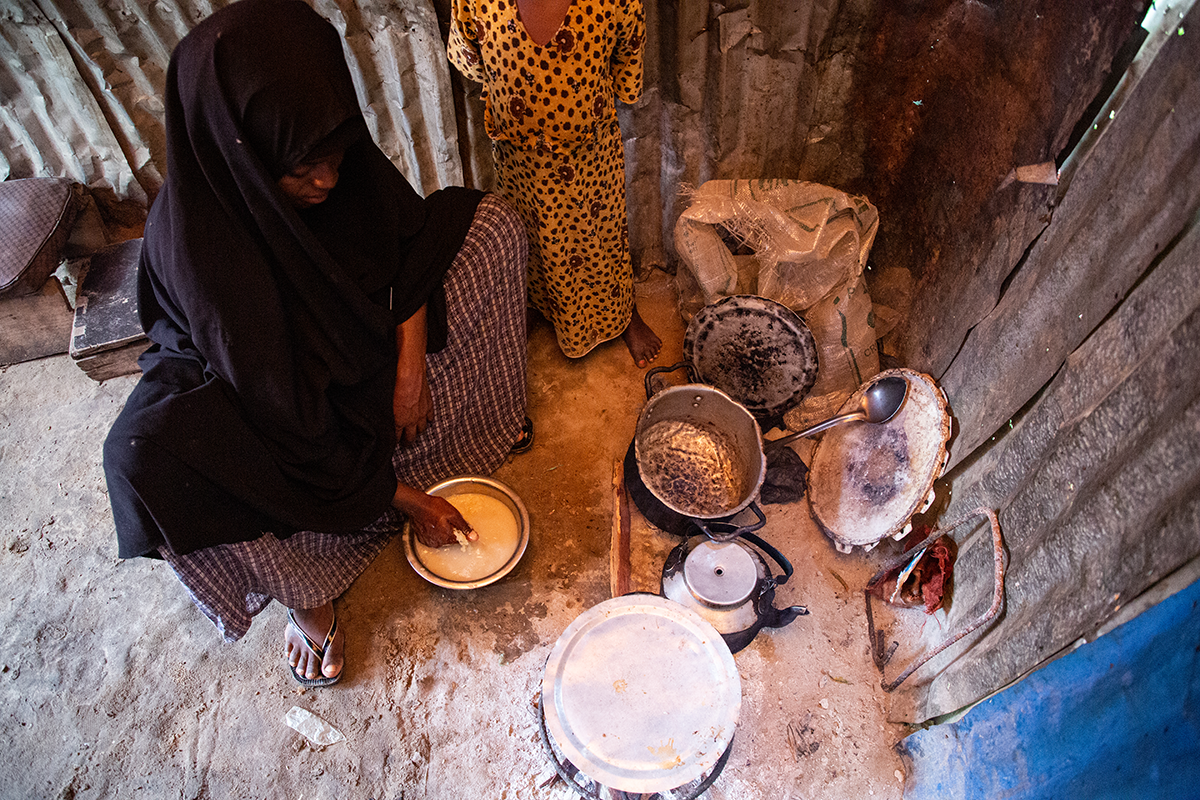
6. Afghanistan
Afghanistan’s internally-displaced community has quintupled over the last decade, from 805,000 in 2014 to 4.187 million at the end of 2024. This represents an increase of nearly 1 million people compared to last year’s figures. Over 50% of internally-displaced Afghans are children under the age of 18—36% are under the age of 11. Concern has been in Afghanistan for over 20 years and serves as the UN’s chosen partner for the emergency response to displacement in the northeastern part of the country.

5. Yemen
More than ten years of civil war in Yemen has led to mass displacement, beginning in 2014 when the country’s IDP population increased by over 650%. Today, the number of internally-displaced Yemenis sits at 4.516 million — over ten times the pre-war situation. Nearly 60% of those living in displacement camps are either children or elderly.
Concern launched a program in Yemen last year designed to meet ongoing critical needs in healthcare, water, and sanitation, particularly among internally-displaced communities. Within IDP camps, we responded to both a catastrophic sandstorm and an ongoing cholera outbreak, reaching a combined 18,000 people with lifesaving humanitarian aid.

4. Colombia
It’s been nearly a decade since the 2016 Peace Agreement effectively ended more than five decades of conflict in Colombia. However, armed violence continues in the country — which is also a host to refugees from neighboring countries in Latin America, particularly Venezuela. The country entered 2025 with 5.077 million internally-displaced people, a decrease from the 6.903 million people it started 2024 with, but still the region’s largest crisis in UN history.
3. Democratic Republic of the Congo
The Democratic Republic of the Congo represents both one of the world’s largest refugee crises and internal-displacement crises. An upsurge of violence in 2023 has continued into 2025, leaving 6.73 million Congolese internally displaced.
Concern has been responding to the crisis in the Democratic Republic of the Congo for nearly 30 years, with emergency response among our top priorities. We work in partnership with the UNICEF RRMP (Rapid Response to Population Movement), the country’s largest emergency response program.

2. Syria
Until recently, Syria was the world’s largest internal displacement crisis. However, its move to the second-largest crisis in 2025 wasn’t predicated upon the political changes in the country that started at the end of 2024 — although within this shift we can expect to also see changes in displacement figures over the year. At the end of 2024, the UNHCR and IDMC still recorded 7.248 million internally-displaced, although this was the same as figures recorded at the beginning of the year. Even those who are able to return home, however, will need ongoing support as they rebuild their lives.
Since 2013, Concern has responded to the crisis in Syria, both with neighboring refugee communities as well as in Syria itself. This included rapid response to the devastating 2023 earthquake in the region.
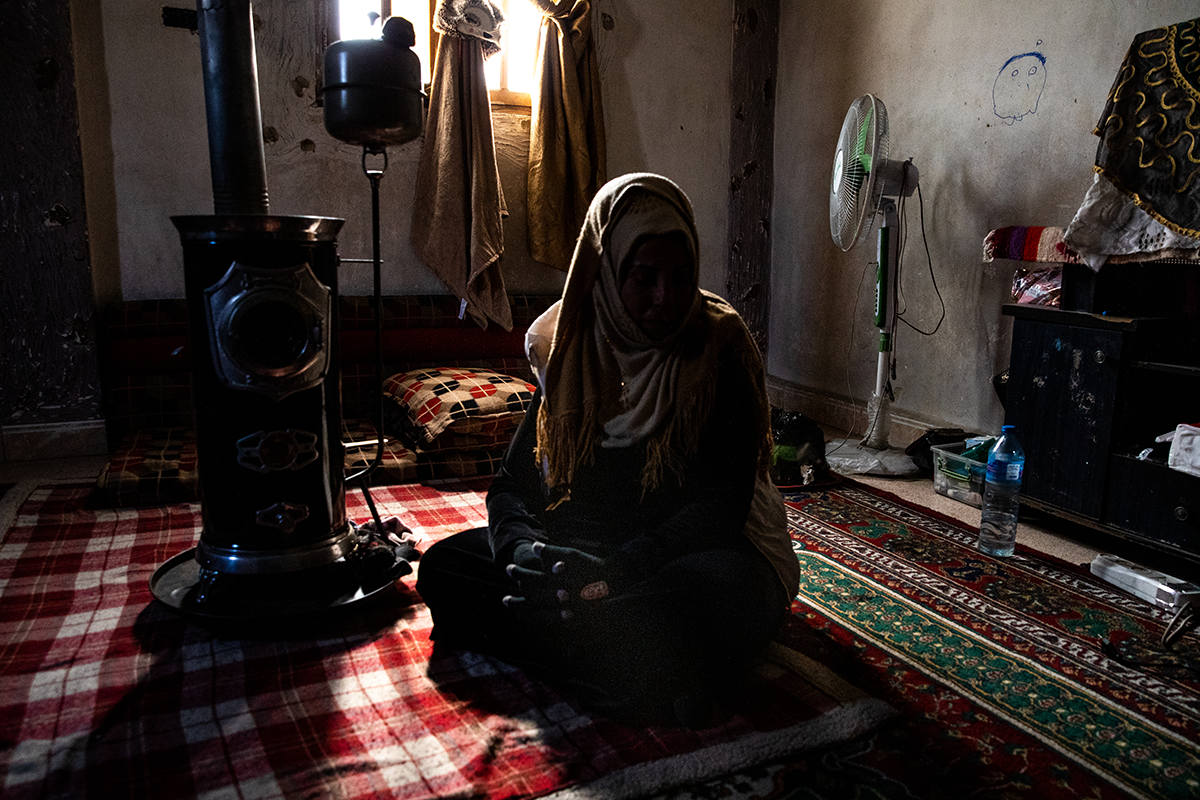
1. Sudan
Two years of conflict in Sudan has made the country the largest internal displacement crisis at the end of 2024, with 9.05 million internally-displaced — roughly 18% of the country’s pre-war population. This represents an increase of 3 million internally-displaced people compared to this time last year.
Concern has been in Sudan for 35 years and is currently responding to the crisis, including to the needs of internally-displaced Sudanese who often leave everything behind in search of safety.
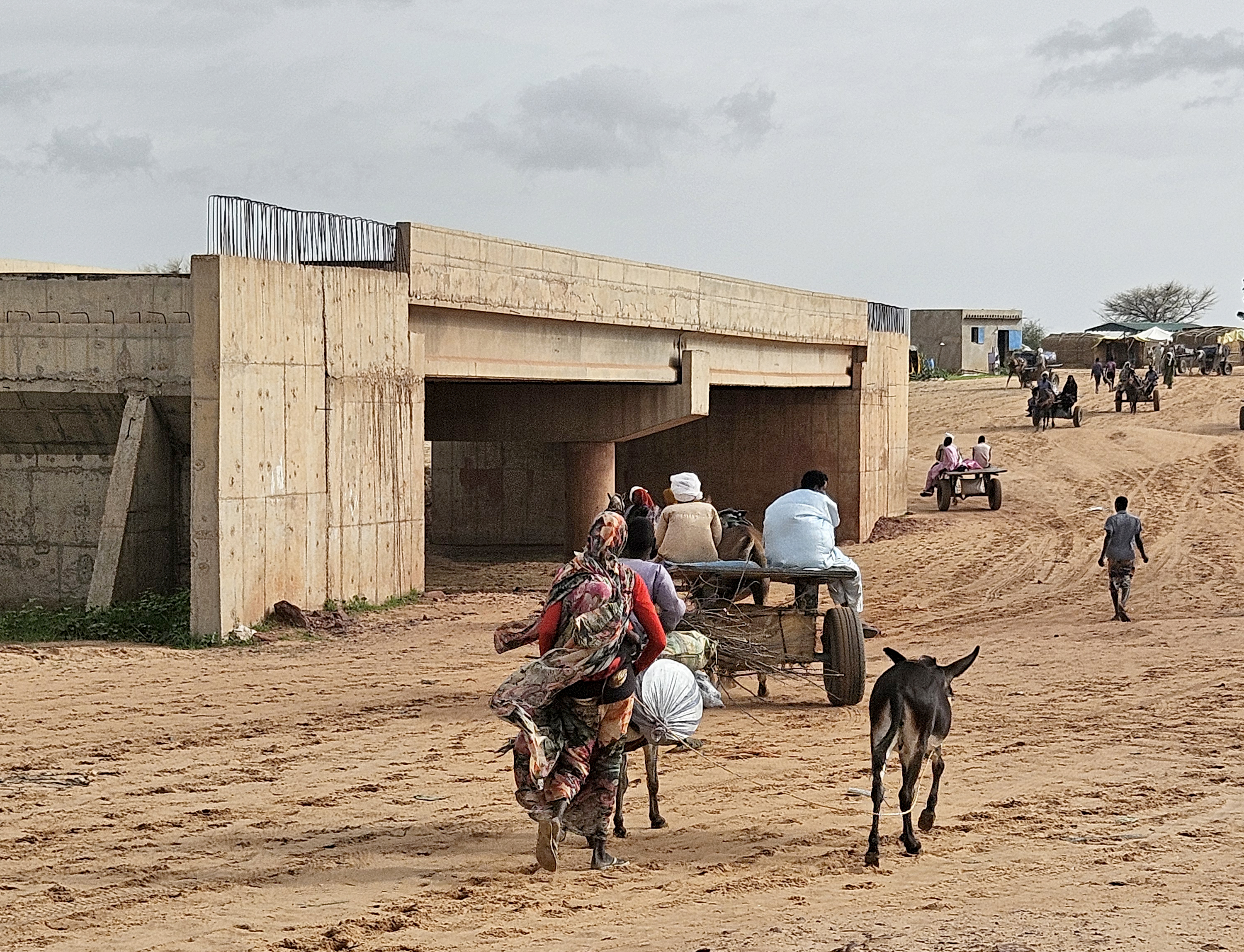
Concern’s work with refugees
Emergency response is part of Concern’s DNA and working with refugee communities in this context has become a core skill for our teams over the last six decades. We work with both refugee communities and host countries to ease the pressure that mass displacement can put on a host community. In addition to meeting the frontline needs — including food, shelter, protection, and other non-food essentials — we also work with refugees on longer-term initiatives, including skill-building and livelihood development and psychosocial support.
We also put a special focus on the needs of child refugees (who make up 40% of the global refugee population), including education, family support, and providing safe spaces where they can play and enjoy their childhood.
Last year, we responded to 66 emergencies in 20 countries, reaching nearly 15.5 million people. This included:
- Playing an essential role in NGO coordination in Chad and collaborating with a consortium of NGOs on the cross-border response to support Sudanese refugees.
- Rehabilitating temporary shelters in Lebanon, including preparing them for harsh winter conditions, in communities hosting a total of 39,700 Syrian refugees.
- Working with nearly 84,000 Rohingya refugees in Cox’s Bazar, Bangladesh on ways of preventing malnutrition within their families.

